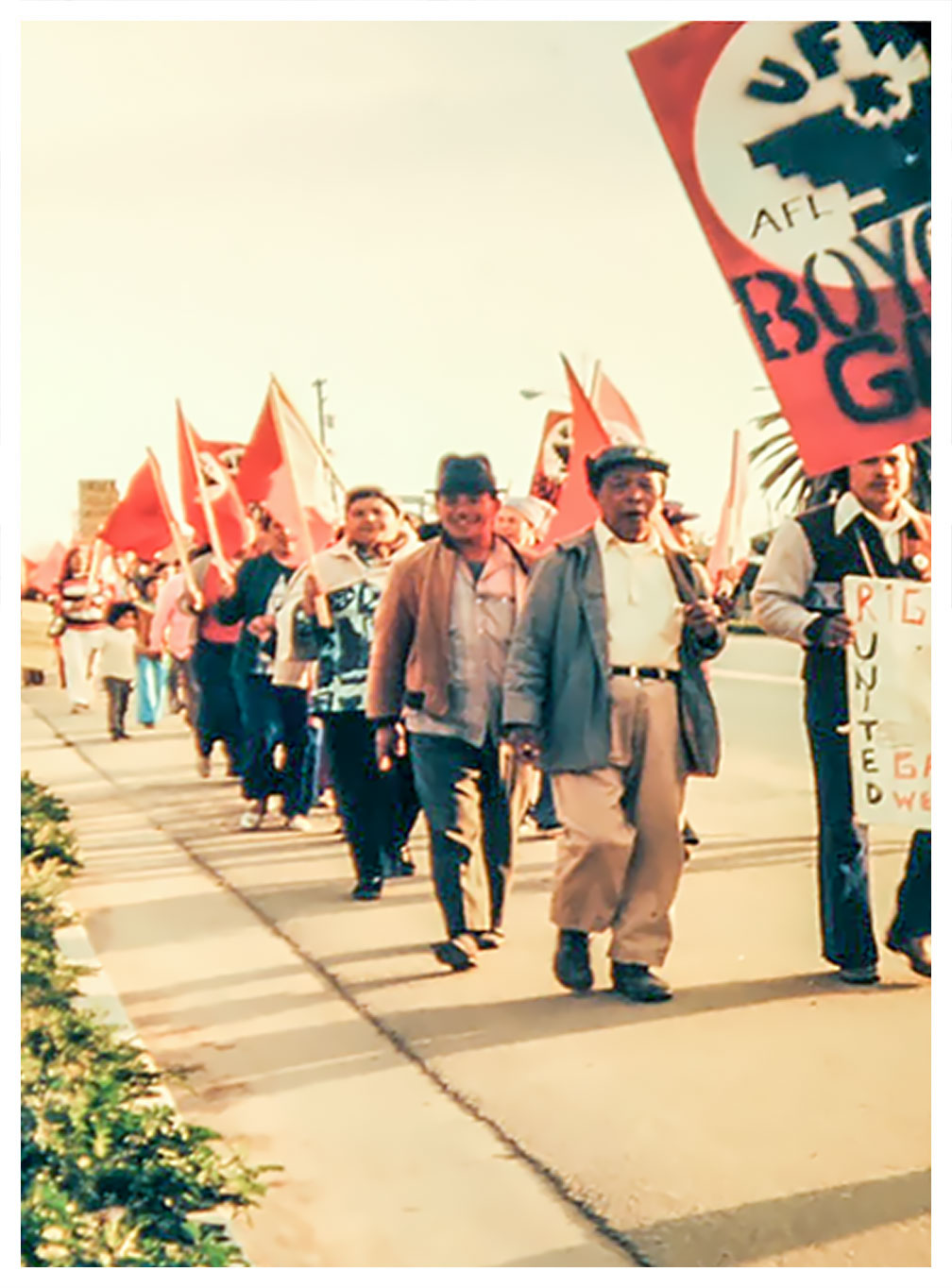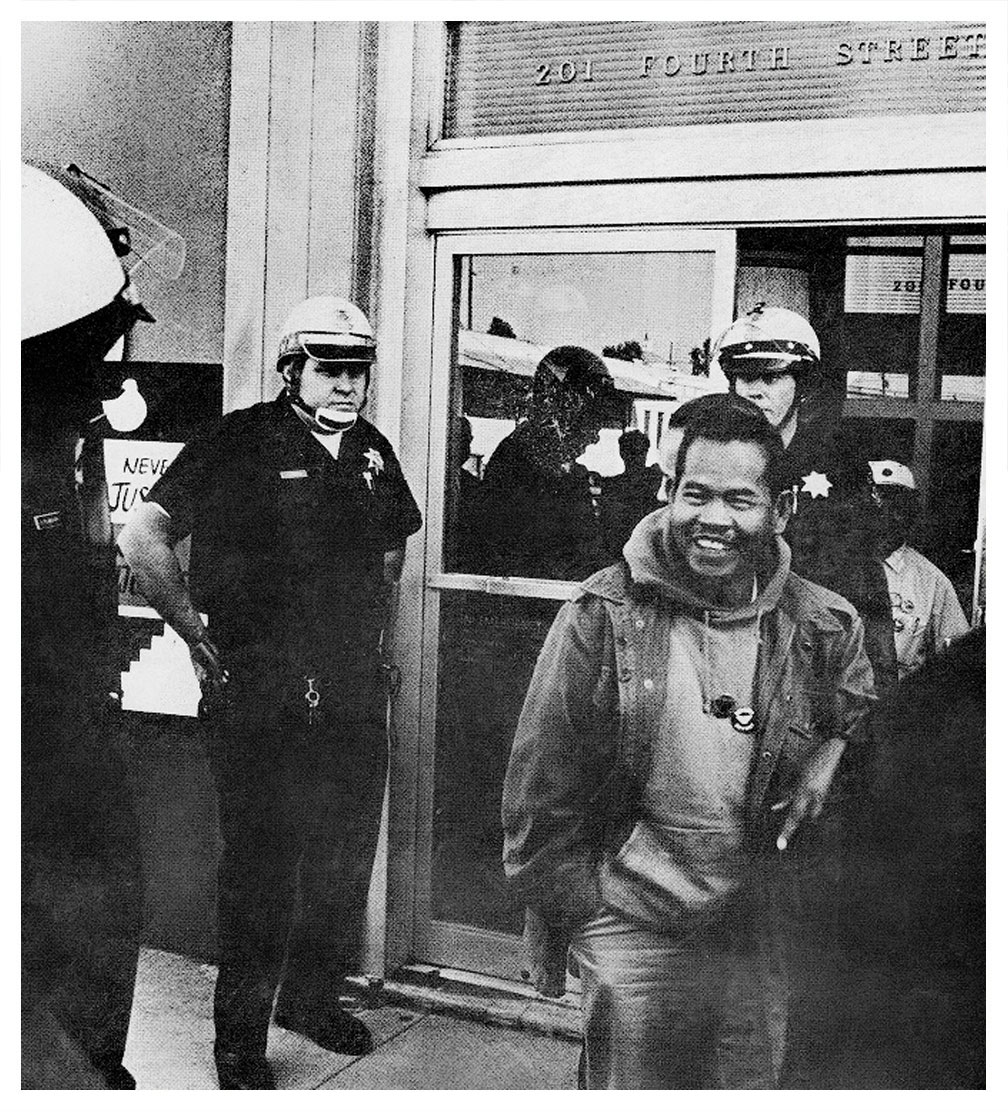Overview
Filipino Americans comprise the largest Asian population within California and the third largest Asian population within the United States. In California, all students learn about Cesar Chavez and the farm labor movement in their study of state and US history. What is not widely known is the important contributions of Filipino Americans to this movement. The California Legislature passed AB 123 in 2013 to place a much greater emphasis on Filipino American contributions to the farm labor movement. From the text of AB 123:
“It is important that pupils learn about the influence of Filipino Americans and their culture on the farmworker labor movement. The formation and continuing work of the farmworker labor movement have had an enormous impact on helping to stop the suppression and oppression of farmworkers and the general working public on a national scale. Unfortunately, the story of how the Filipino American labor leaders and workers helped create the farmworker labor movement has been greatly ignored by national and international media.”
Through the Content, Literacy, Inquiry, and Citizenship project, the California History-Social Science Project is creating resources for educators to address this legislation, highlighting Filipino American contributions to the farm labor movement.
Filipino American Contributions to the Farm Labor Movement Lessons
Cesar Chavez and the Farm Labor Movement are referenced in the CA HSS Framework in Kindergarten, the 4th and 11th grades. A major contributor to the success of the movement was the involvement of Filipino-Americans, who often worked side by side with Mexican-American laborers. The video on this page provides teachers a brief background of this topic as well as some ways that teachers can integrate a study of Filipino-American contributions to the farm labor movement. This set of lessons for 4th and 11th grade teachers was designed to have students dive deeply into this topic. These lessons were developed through a partnership with the California History-Social Science Project and were written by experts on the subject. Utilizing these lessons in your study of the farm labor movement will provide your students with a comprehensive, well-rounded understanding of this important time in our history.
Thank you to the writing team for their expertise on this project and to the people, organizations, and archives whose primary sources brought this project to life.
Helpful Resources to Consider
Filipino Archives:
- Librado C. Gonzales Filipino Heritage Collection, CSU Bakersfield
- Welga Digital Archive, Bulosan Center for Filipino Studies, UC Davis
- Filipino American National Historical Society Collections
- Digital Public Library of America
Classroom Resources:
- Journey for Justice: The Life of Larry Itliong:
- A Smithsonian Magazine article from the author Gayle Romasanta
- Filipino American curriculum guides
More:


